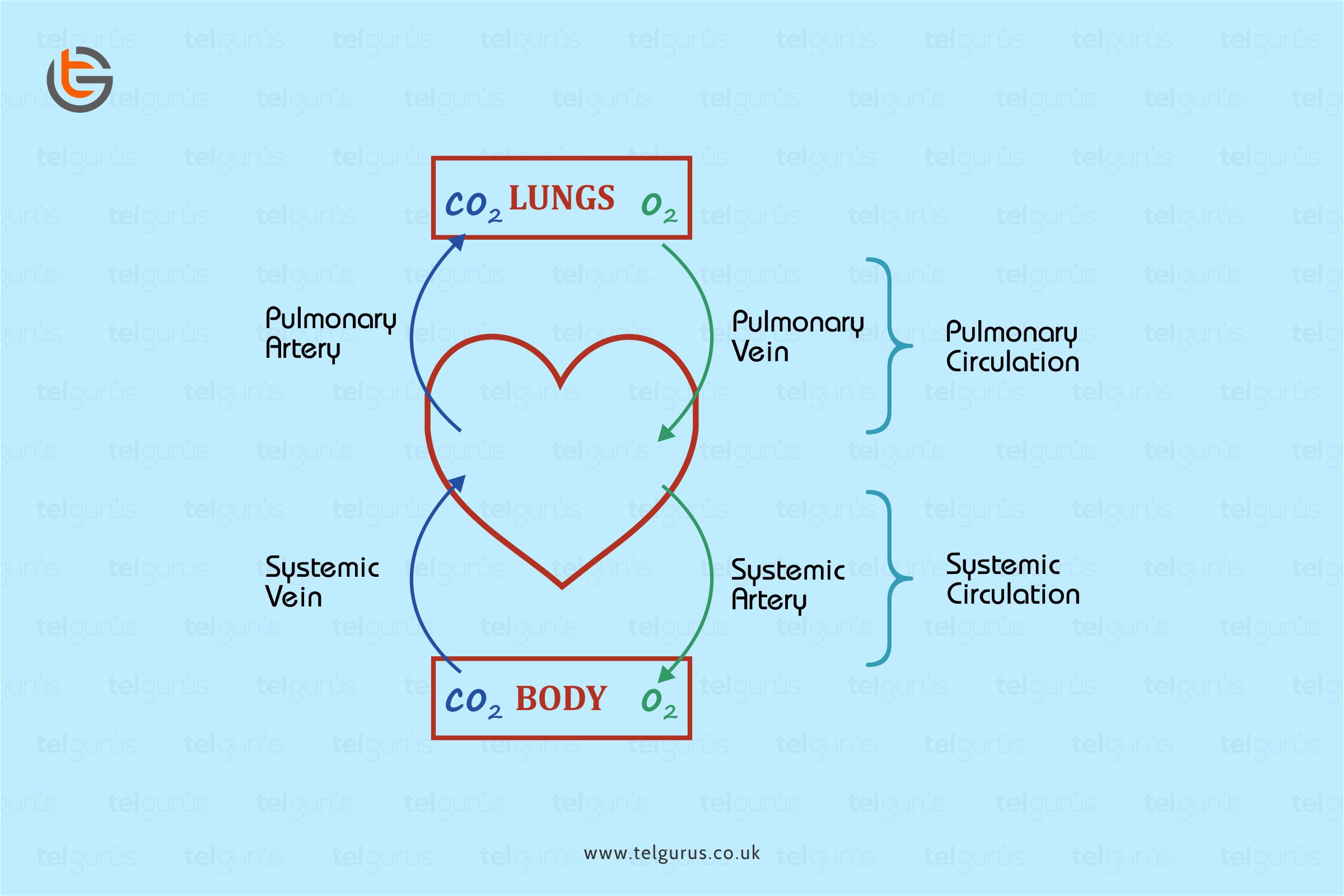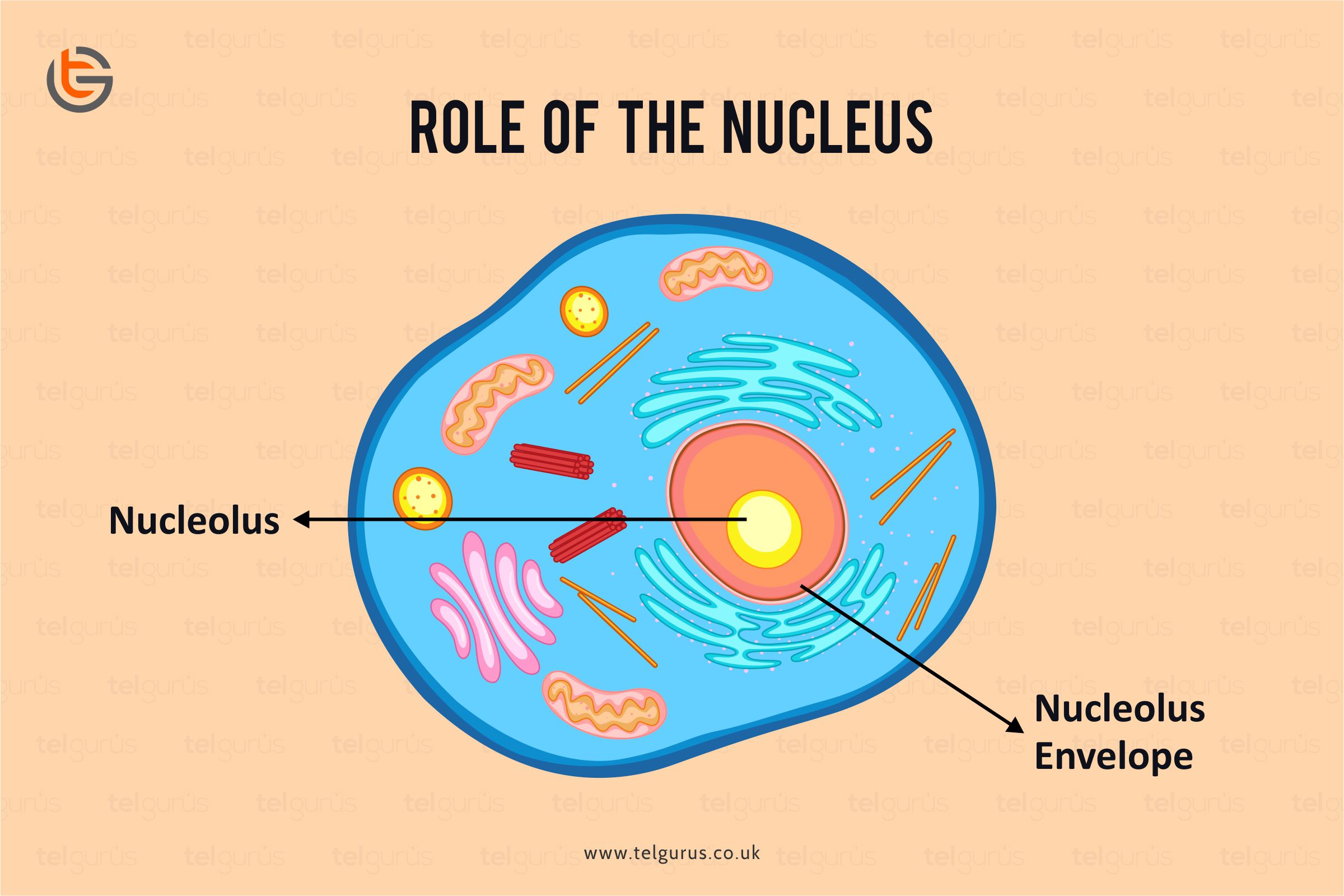Enrich your knowledge with our informative blogs
What is the difference between the pulmonary and systemic circuits of the cardiovascular system?

Our circulatory system comprises the heart, veins, and arteries that convey blood throughout the body. In order to sustain life, the blood must always circulate. It generally carries oxygen from the air. The heart-pumping drives this blood flow through the capillaries, veins, and arteries.
One blood vessel circulates the blood through the lungs for the purpose of gas exchange, whereas the other vessels fuel the rest of the body.
There are two Circulation Types
- Pulmonary Circulation
- Systemic Circulation
What is Pulmonary Circulation?
Pulmonary Circulation circulates the blood between the lungs and the heart. It carries the deoxygenated blood to the lungs in order to absorb oxygen and liberate carbon dioxide. This oxygenated blood then flows back to the heart.
What is Systemic Circulation?
Systemic Circulation circulates the blood between the heart and the body. It transforms the oxygenated blood to the cells and then returns the deoxygenated blood to the heart.
Let us understand both the types of circulations and their differences with the help of a few common terms.
- The heart powers both the circulation types
To begin the systemic Circulation, the heart pumps the blood out of the left ventricle and into the aorta.
Post the blood has supplied the cells throughout the body with essential nutrients and oxygen, it returns the deoxygenated blood to the heart’s right atrium.
And this deoxygenated blood then shoots down from the right atrium to the right ventricle.
Furthermore, the heart then pumps it out of the right ventricle to the pulmonary arteries to initiate pulmonary Circulation. The blood then moves to the lungs, exchanges the CO2 for Oxygen, and returns back to the left atrium.
At last, this oxygenated blood then shoots from the left atrium again to the left ventricle and begins the systemic Circulation.
- The Circulatory system functions in Tandem with the respiratory system
The respiratory and circulatory systems work together to maintain the body with oxygen and take away carbon dioxide.
Pulmonary Circulation facilitates the external respiration process where the deoxygenated blood flows into the lungs. It absorbs the oxygen from small air sacs and liberates the Carbon dioxide to be exhaled.
On the other hand, Systemic Circulation facilitates internal respiration, where the oxygenated blood flows into the capillaries through the rest of the body.
The blood then diffuses the oxygen into the body cells and absorbs the Carbon Dioxide.
- The Pulmonary loop transports the blood between the heart and lungs while the systemic loop goes all over the body.
In a pulmonary loop, the deoxygenated blood exits the heart’s right ventricle and passes through the Pulmonary trunk.
The Pulmonary trunk then splits into the left and right pulmonary arteries. These arteries are responsible for transporting the deoxygenated blood to the capillary beds and artioles in the lungs.
There the CO2 is liberated, and oxygen is absorbed. The Oxygenated blood then passes from the capillary beds through the venules in the pulmonary veins.
These pulmonary veins then transport it further to the heart’s left atrium. These pulmonary arteries are the ones that carry the deoxygenated blood, and the pulmonary veins are responsible for taking the oxygenated blood.
Coming to the systemic loop that goes all over the body, the mechanism flows like the oxygenated blood is pumped from the heart’s left ventricle through the aorta, the largest artery present in the body.
The blood transforms from the aorta through the systemic arteries to the arterioles and capillary beds that are responsible for supplying the body tissues.
Here the essential nutrients and oxygen is liberated, and the carbon dioxide and several other waste substances are absorbed.
The deoxygenated blood then travels from the capillary beds through the venules into the systemic veins that feed into the superior and inferior venae cavae, the largest veins present in the body.
And at last, the venae cavae flow the deoxygenated blood to the heart’s right atrium.
Bottom Line!
Both the pulmonary circuits and the systemic circuits of the cardiovascular system perform separate functions and adhere to several differences. However, the essential difference includes:
The pulmonary circuit transports the blood between the lungs and heart. In contrast, the systemic circuit carries oxygenated blood from the heart to the body and then takes the deoxygenated blood from the body to the heart.
Read More – Biology Questions
View More – Useful links for Your Child’s Development

Visualize the in-depth understanding of the natural world!
Biology would sound more interesting when your curiosity levels are satisfied with better visuals & logical explanations.
Categories
Recent Posts
- List of the qualities you should look for in your tutors?
- What is the most useful formulas in math?
- Describe the process of eating to defecation of food?
- Difference between the natural and artificial active response by the immunology system.
- Explain the different circle theorems
- How are nerve cells adapted to their function?










